JFDR: "Learning Ableton Live was life-changing for me. I've been teaching it to young women because it had such a profound impact"
Icelandic musician and producer Jófríður Ákadóttir on the synths, plugins and effects processors that shaped the sound of her third album Museum

Not yet 30, Jófríður Ákadóttir has been making music for half her life. At only 14, the Icelandic musician and producer was recording DIY folk duets in Garageband as part of Pascal Pinon alongside her twin sister. After finding acclaim setting 19th-century Icelandic poems to skewed synth-pop with Samaris, experimental impulses led her to form Gangly, a trio that shrouded her soaring vocals in dark, fractured beats.
A little of each of these projects can be heard in the music Ákadóttir now records as a solo artist under the moniker JFDR. After building skeletal compositions from piano, violin, and guitar, she clothes their bony frames in shimmering electronics, their rippling fabric lending colour and texture to songs that recall the glacial and austere landscapes of her homeland.
Though often minimal in its arrangements, Ákadóttir’s music is suffused with feeling. Many have compared the artist to fellow Icelandic songsmith Björk, who has cited Ákadóttir as an inspiration for her own work. But where Björk’s theatrical productions amplify lofty themes to cosmic proportions, Ákadóttir’s songs hone in on tender, intimate details that illuminate her inner life in soft focus.
Singer, songwriter, producer and multi-instrumentalist, Ákadóttir’s vision extends to every corner of her new album, Museum, her third as a solo artist and first for London-based imprint Houndstooth.
The beginnings of the new record were laid down at home - a home shared with Ákadóttir’s partner and collaborator, composer and sound designer Josh Wilkinson - on Ableton Live, before the pair set off for NYC to record material at Figure 8 Studios and mix the project in Pro Tools alongside the studio’s owner, musician and producer Shahzad Ismaily.
We caught up with Ákadóttir and Wilkinson ahead of the album’s release to find out more about the equipment, techniques and creative process behind Museum.
Tell us about how the writing process began for the new album?
Get the MusicRadar Newsletter
Want all the hottest music and gear news, reviews, deals, features and more, direct to your inbox? Sign up here.
JFDR: “Most of it was made here in this room, just a small room that’s detached from our apartment. I use Ableton, and I'm kind of obsessed with making arpeggiated loops. It's kind of the same way that I play guitar. I do a lot of fingerpicking, and I've noticed a pattern now. When I play the piano, I play it in the exact same way as I play the guitar. So I would usually make loops on Ableton, and then I have them running and I sing over it.
“I work pretty fast, and I’m a pretty impatient person. I get an idea and I just stick to it. Then as soon as I'm happy with it, I just close the session, and I walk away and I never open it again. For this album, when I had nine songs and I was sort of happy, I showed it to Josh and said, I think I have an album.
“Josh is not really a producer for other people, other than this project. Josh is more like a sound designer, which suits me and suits this project really well, because I don't necessarily need a producer because I produce myself. But I need a second pair of ears and I need someone to bounce ideas off, and Josh is really good at creating soundscapes and working with the textures of the songs.”
Josh: “Often when you write those first demos, they're just stock Ableton sounds, and it's more about the song than the production or whatever. So the process once the song is there is to just flesh it out and take it to a different place, which we did in two iterations.”
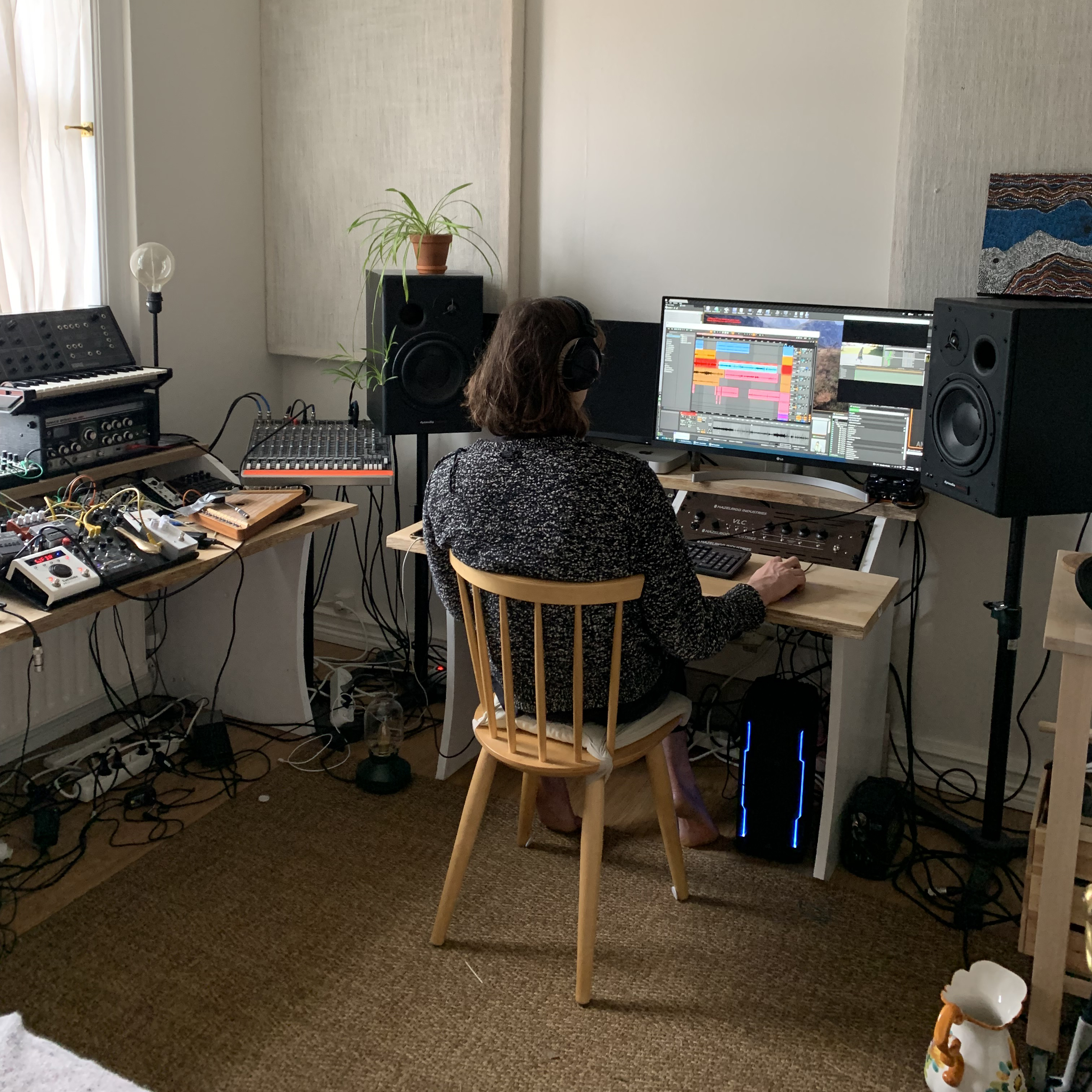
JFDR: “I don't know why we did this. We never usually do this, but I think it was because there was an urgency to finish the album. We booked a studio in New York - it was just after America opened its borders - kind of just because we could and I had the nine songs ready. So we booked it and that put a frame around the work period and gave us some time pressure. That was to go in and track basically, so we went in and did a bunch of the rhythmic stuff. A lot of stuff that we did in that first week, we didn't end up using, but it was just to get started. That was at Figure 8.”
Josh: “There’s a room of synths at the bottom of Figure 8, that's where we discovered the [Black Corporation] Deckard's Dream. We would just go around the room and track them all. There was an Oberheim, there was a Syntex, a Juno-60. All of them without MIDI, so we'd have to play every one. The Deckard’s Dream was the big sound that we discovered. It just mixed so well with the other elements we were using.”
JFDR: “It was really perfect with the acoustic stuff. That’s kind of what I do, it’s always been a mix of acoustic and organic sounds with synths - even sometimes stuff in the box. I think we even ended up using some of the Wavetable synth from Ableton.”
Have you always used Ableton?
JFDR: “I've used it since 2015. Before that, I was a bit stuck - it was kind of life changing for me. When I first started, I was like 11 or 12, and we used GarageBand for writing songs and demos and stuff. Then I had an open source DAW called Ardour, which was kind of based on Pro Tools. I used that for a while, and that got me to a certain level. I was a bit stuck and relying on other people, and I had this mental block, thinking that it was too complicated and I couldn't do it. It took a few attempts to get started. But then I just had this project on and I was asked to write some music or something, and I was like, okay, I'll just do everything on Ableton, and I've used it ever since.
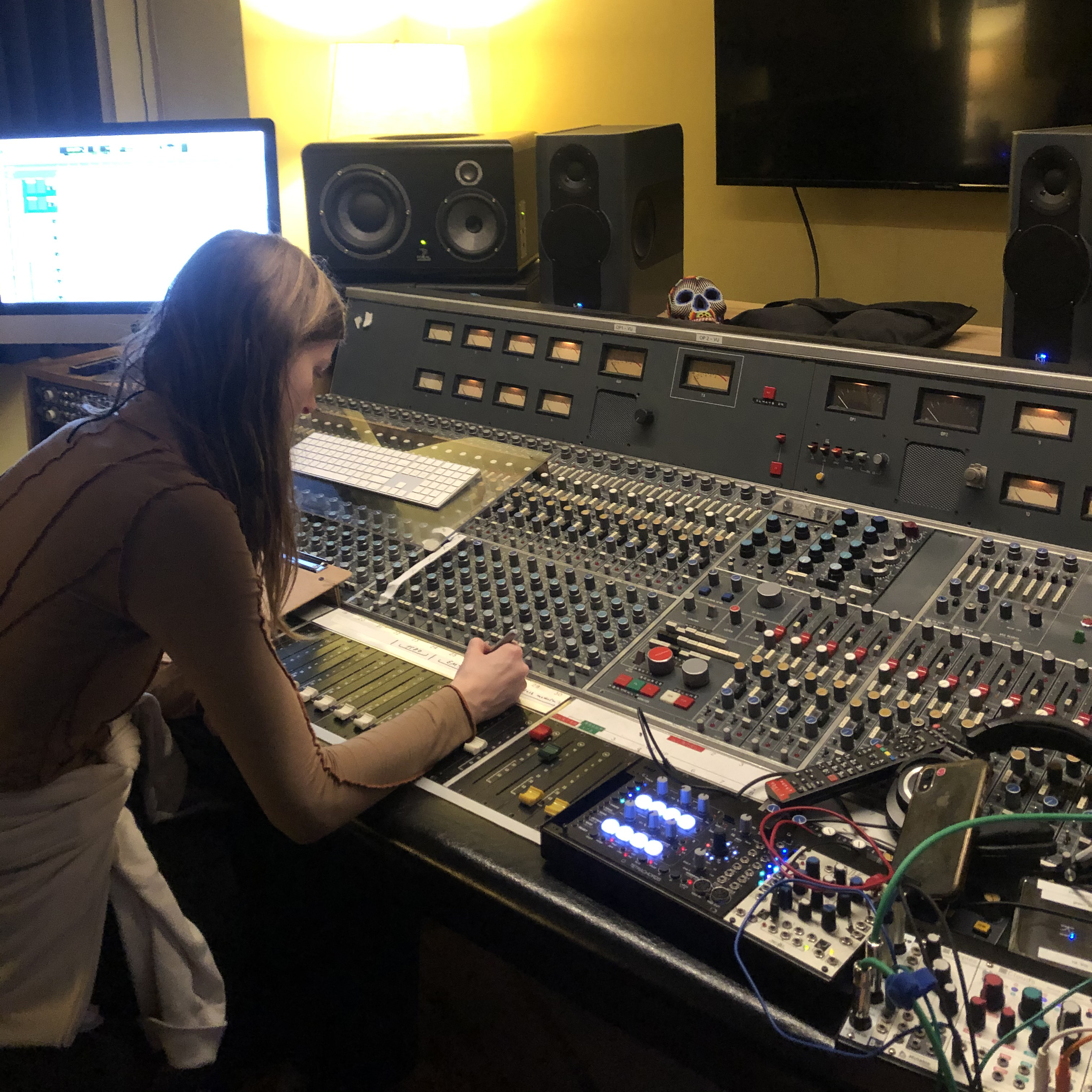
“It was kind of life changing to have access to something powerful enough, but also simple enough to get started. I've been teaching a little bit of Ableton to young women, because I feel like it had such a profound impact on me at a time in my life where it could have gone either way. I've been teaching young women how to use Ableton because of this. I haven't done it so much now, but like in the last couple of years before COVID, we were doing a bit. I love Ableton, because it’s so easy to get started, but it’s actually really deep, you can get really deep into it.”
Josh: “Once the recording started, we switched everything to Pro Tools.”
JFDR: “We made a decision to switch to Pro Tools at that stage in the process. My previous album was finished in Ableton, it was even mixed in Ableton. For this one we switched instantly to produce, and that meant that I didn't feel very comfortable because I'm so fast in Ableton and I'm so slow on Pro Tools. That meant that Josh had to do everything, which is kind of frustrating, but we just committed to it.
“There was a point where I wasn't hands-on, and I was just describing what I wanted. But it was fine, it's not that kind of record anyway. The previous record was very detailed: little chops and little edits and very specific sounds that came from being made in Ableton. But this one was more live.”
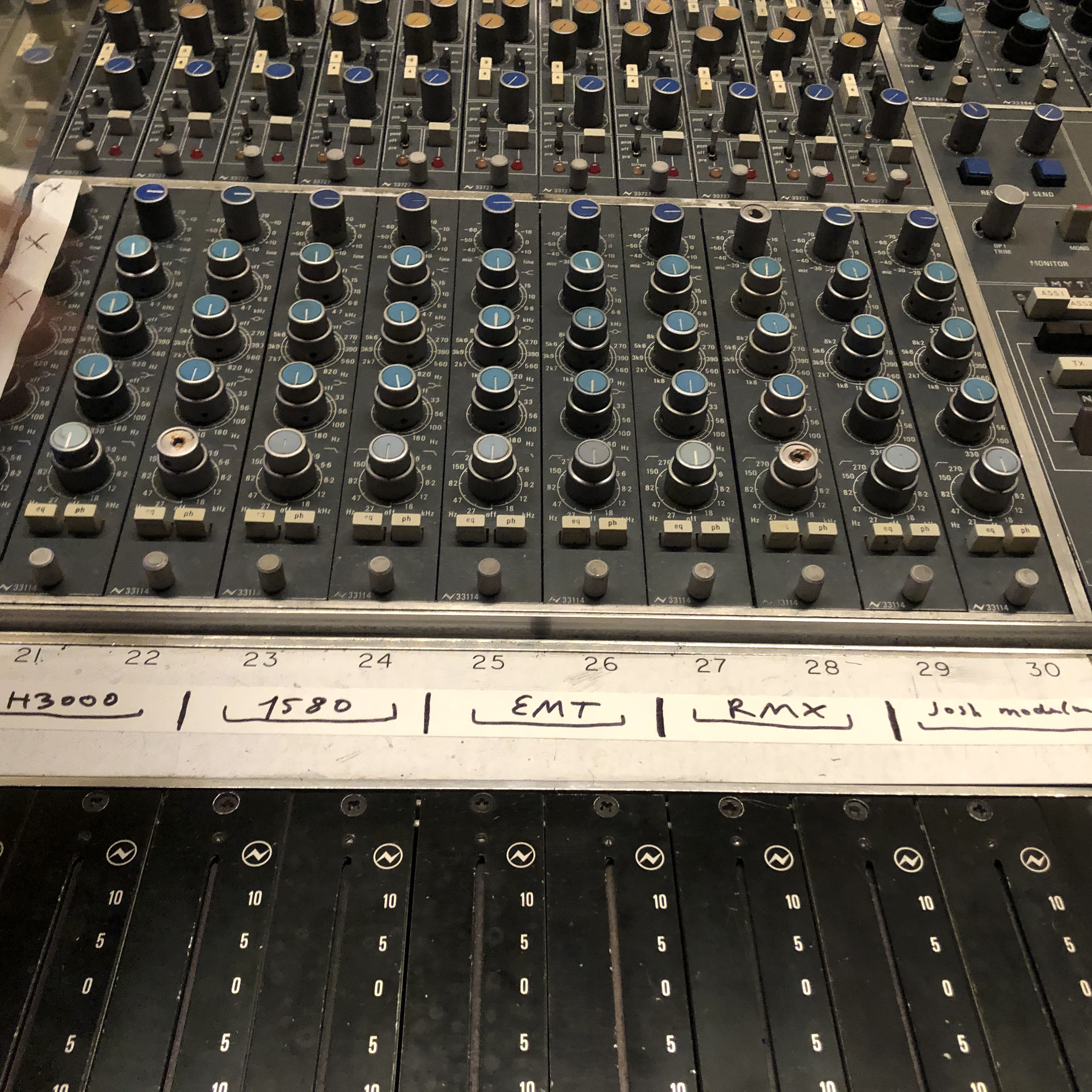
You’ve worked in Figure 8 Studios before, right?
JFDR: “We've worked in Figure 8 three times. I've done all my records there, basically, to various degrees of intensity. Working in Figure 8 was our time frame: we had a goal and we had a deadline, and we just had to stick to it.”
Josh: “We live together, and we were working in our own apartment. So it was a chance to get out of that space.”
JFDR: “Otherwise, we would still be here working on the record: it's just endless. Going there was amazing. It was two sessions: a tracking session, and then, when we were quite happy with what we tracked, we decided to book it again. We booked five days for the mixing. We mixed it all on the analogue desk.”
Josh: “The mixing, in my opinion, was as important as the tracking. We got it to a point that we were happy with in Pro Tools: like a first mix. Then we just laid it all out on the desk and messed it up, basically, and ran it through heaps of different outboard. Really weird stuff, like taking whole percussion parts and putting them through a random filter, which is what you hear on Life Man. It completely changes the composition of the song. Then we just recorded a two-track out of the desk, and that's the mix that you hear.
“So a lot of it, you’ll go back to the sessions, and some elements are just not there because they were made on the desk during the mix. We had nine songs that we made in five days. It was like: get up in the morning, lay the track out, get a few sounds, do three passes, check them, and then that was it. Then you zero the desk and do the second one in the second half of the day.”
JFDR: “It was perfect, but it was so stressful. For me, it doesn't really suit me that well. You guys were forcing me to go outside with my headphones to listen. They wouldn't zero the desk until I'd taken my phone and listened to it outside in headphones, which is a totally different perspective. If it passed that test, then it was fine.”
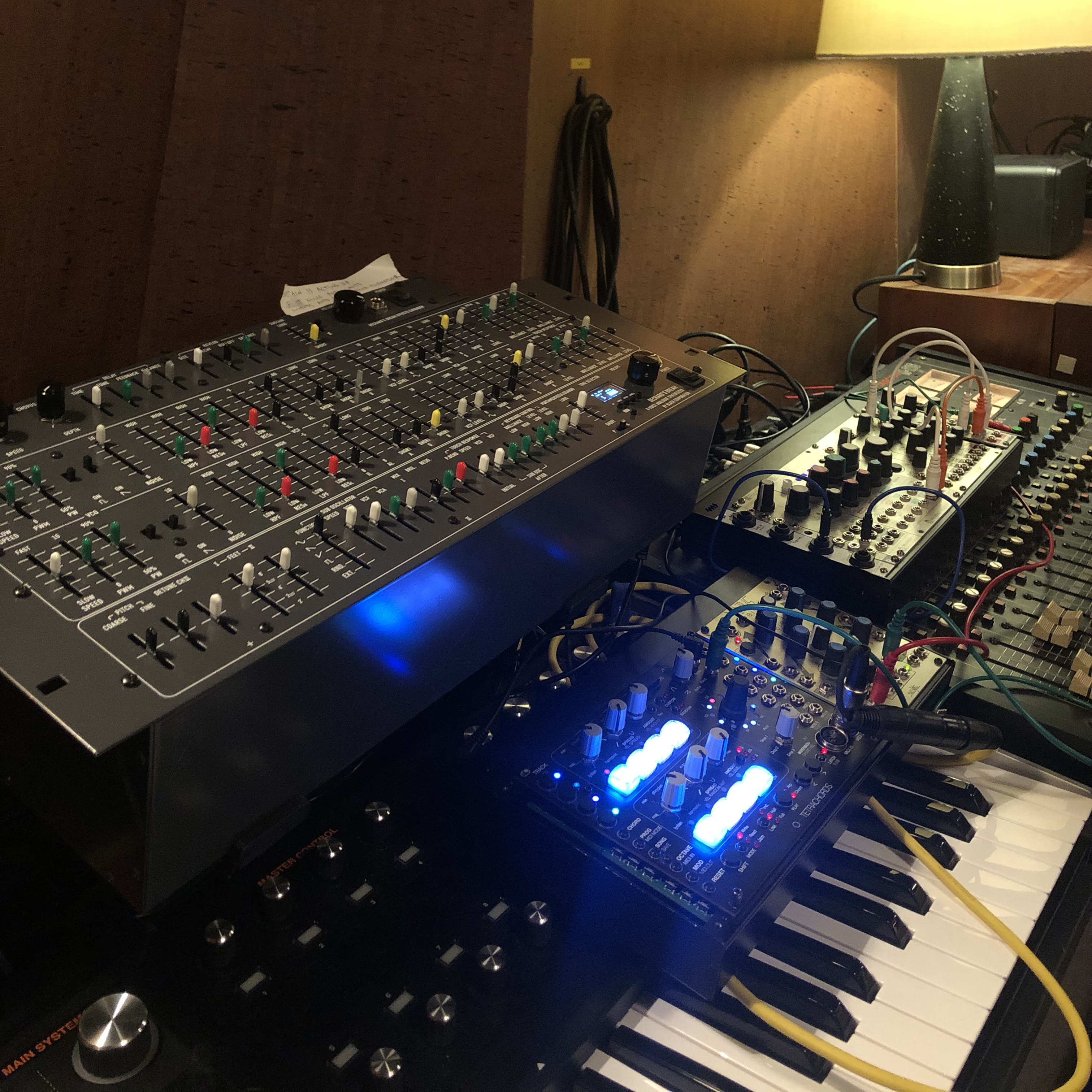
Could you tell us about one or two pieces of equipment at Figure 8 that helped to shape the sound of the record?
Josh: “We had three reverbs, but the OTO BAM was a cool one. Then there was the AMS DMX, which is an early pitch-shifter. I had also reached out to this company, Hazelrigg Industries, because they had brought out this channel strip I wanted to try, the VLC-1. They sent over one of those and a compressor, and we used that on the vocals.”
“Shahzad had also bought a Grampian 636. It’s an old reverb and preamp, and there’s a company called Soundgas in the north of England who have made a remake. Shahzad had bought one of those, but it was taking too long to come, so we bought a cheaper version from somewhere else and used that. Basically it’s just a really filthy reverb that we would crush things into and make them sound really dirty. We were always joking that if we had no ideas or needed something, we’d just put it in the Grampian.
“Also, we had the Moog Rogue set up as a send on the desk, so we could send things through the filter. It has this sample-and-hold, random LFO on the filter, and Shahzad would make these rhythms with it. That syncopated, offbeat rhythm in Life Man, that was with the Moog. We had a lot of these weird percussion elements that were pretty normal in the initial session, but Shahzad threw them through the filter and gave them a secondary rhythm. They took on this really interesting, moving character. Sometimes you can't even tell what they originally were.”
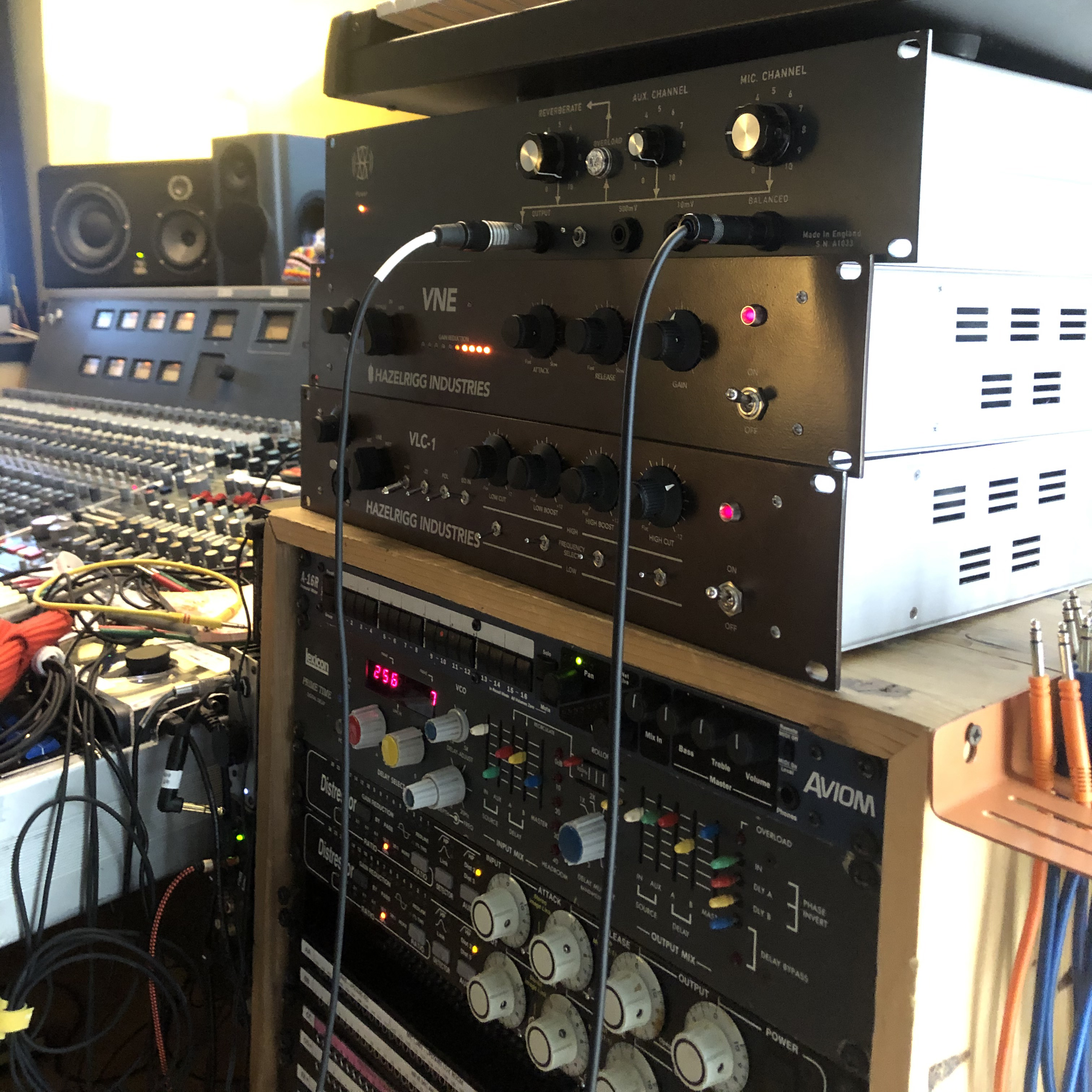
You've worked with Shahzad on previous projects. What’s he like to work with?
Josh: “Pure chaos.”
JFDR: “He’s crazy. He’s the best. You can’t even describe him: he’s everywhere and nowhere at the same time. He's both so intense and present, and he'll give you all of himself, but then the next minute, he's disappeared, and you can't reach him for days. He’s chaotic, but he's also so sensitive and intuitive about music. He loves the music and we have a great friendship. He owns that studio, Figure 8, so he knows it in and out and he’s really good at using the studio to create beautiful things.”
Josh: “He does what every producer should do, which is elevate you to try and take things further, to a place that’s interesting. He doesn’t leave it where it should be left, it’s always going further to see what happens.”
JFDR: “He doesn't play by the rules. There aren't any rules and there isn't anything right. He would just do things like whack crazy amounts of compression on something, and it almost feels like there's like a chorus effect because it's so compressed, especially with guitars.
“He uses obscene amounts of reverb, and you're just like, how can you get away with using so much?! But it sounds so good. He does stuff that you’d think is not supposed to work, but it does. Working with him, you always learn things, and we always have a good time. The fact that we could go to America and book the studio with him, it’s a privilege.”
The Orchid is a really interesting track. The synth sounds as if there’s a vocal texture in the sound. Could you shed any light on how you made that?
JFDR: “Our friend Jeremy Melvin, he makes music as Chrome Sparks, he was just helping me out. I gave him the chord progression and said can you play something, and he made those synths with the Juno. We were struggling with that song and that was a key that unblocked something for us.
“I think that vocal sample, that’s more of a New Dreams process, where I edit little bits of vocal and copy and paste them to create melodies and textures using the samples. But I feel like it’s also the reverb, the OTO. During mixing, I had the OTO and I would press the freeze button, and it would hold the reverb so there’s a really soft reverb tail that’s weirdly long and static.
“Also, there were some clarinets that we processed through Josh’s modular. It doesn’t sound like clarinets anymore, but we used Josh’s modular to make this little cloud.”
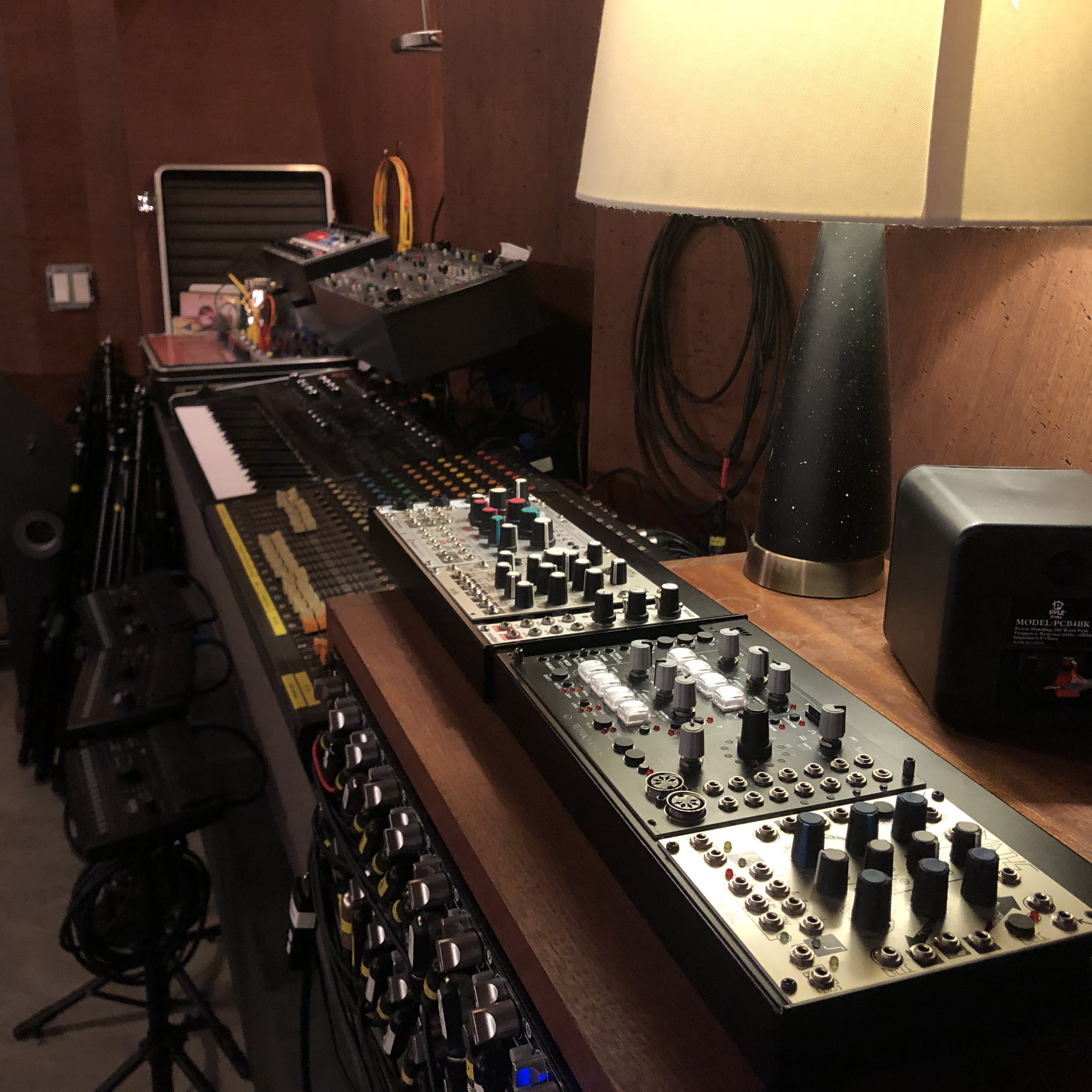
Which modules were you using for that?
Josh: “It’s mainly Mutable Instruments Clouds. Another send we had on the desk was a module that I built. It’s called the Tetrachords, it’s not released yet. It’s a pitch generation module and a cloud. So we could send vocal parts to this send, and I could add a fifth or an octave, different intervals of cloud processing on certain elements live, which was pretty fun. You can tell the cloud where to be in relation to the original input to create these harmonies.”
There’s another moment on Unfolding, where the violin has some rhythmic processing applied to it. How did you create that sound?
JFDR: “That's our favourite. I can't believe we forgot about that. That's the A1TriggerGate, it’s a free plugin from Alex Hilton. It’s basically a gate, and you can use their presets - I use them all the time - but you can also play around with making your own patterns. The best thing is changing the attack, sustain and delay gradually and creating these organic textures.”
Josh: “The cool thing about that sound is it’s 100% dry, other than the gate. There isn’t a single amount of processing on it except that. It has this really woody, close-mic’d sound.”
JFDR: “Usually we drown our strings in reverb, but with this one it was fun for us to do it completely opposite.”
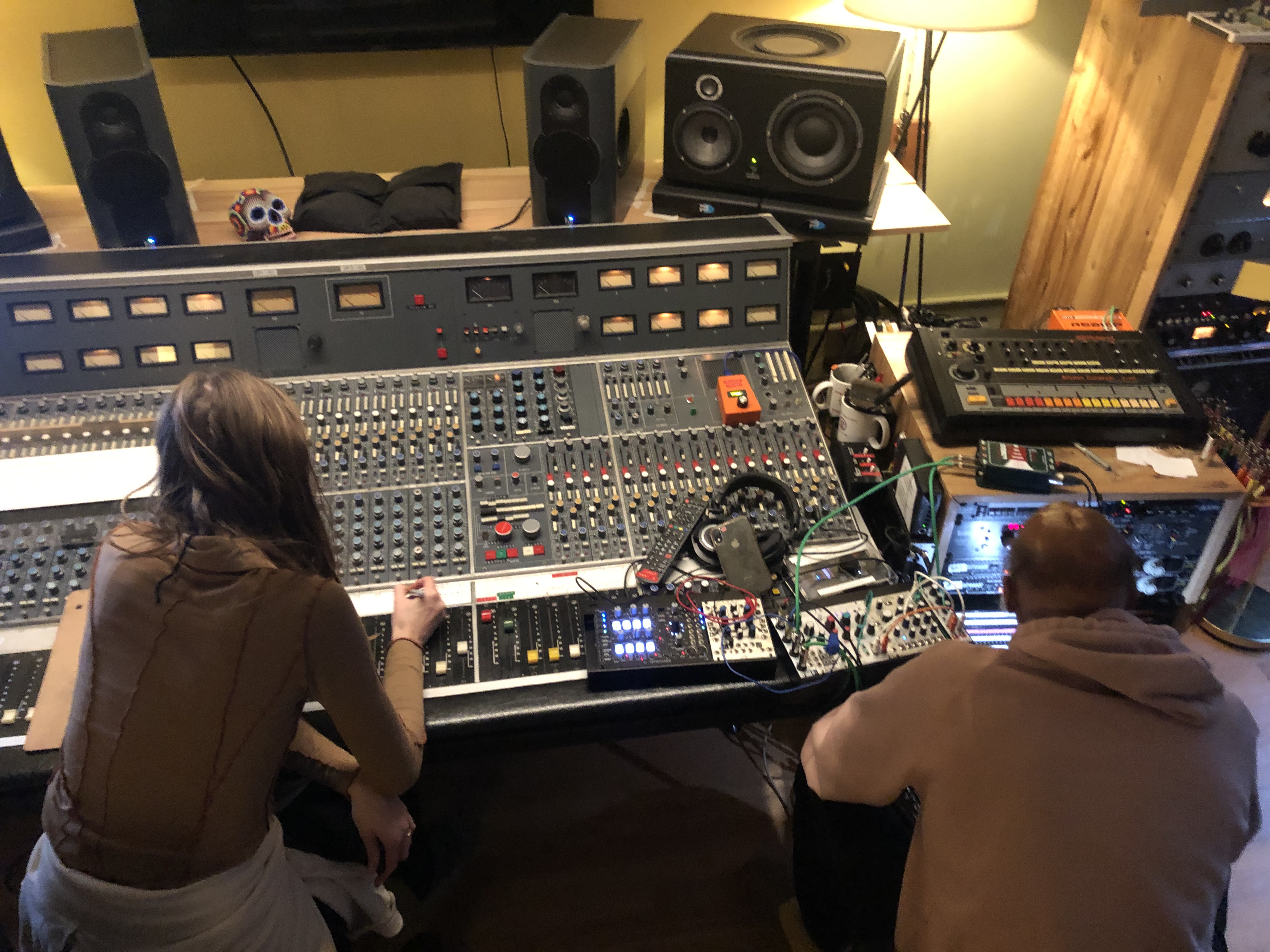
Are there any other plugins you found yourself using a lot on this record?
JFDR: “We have a friend who’s a composer and guitarist, that I went to school with. We were struggling, we had this classical nylon-string guitar part, and I asked him to come over and record something. He makes music as well, so I said here’s the demos, have a listen and let me know if you have any other ideas. In the end, he didn’t bring a guitar, but he showed us these other things that he’d made. It was awesome - a lot of it was super sweet. We ended up using it on Spectator and Underneath the Sun.
“Everything was an ambient cloud, and there was so much reverb on it that it was almost unusable. But I remembered this plugin that I used on New Dreams, called the SPL De-Verb. It’s supposed to remove reverb, but that’s kind of impossible. So it has this very funny, very cool kind of compression. We would keep the really reverberated stuff and put that plugin on it.”
Josh: “It kind of sounds like tape in a way. It sounds like what Dolby was doing in their noise suppression on old-school cassette tape. It really brings out the transients.”



I'm MusicRadar's Tech Editor, working across everything from product news and gear-focused features to artist interviews and tech tutorials. I love electronic music and I'm perpetually fascinated by the tools we use to make it. When I'm not behind my laptop keyboard, you'll probably find me behind a MIDI keyboard, carefully crafting the beginnings of another project that I'll ultimately abandon to the creative graveyard that is my overstuffed hard drive.









